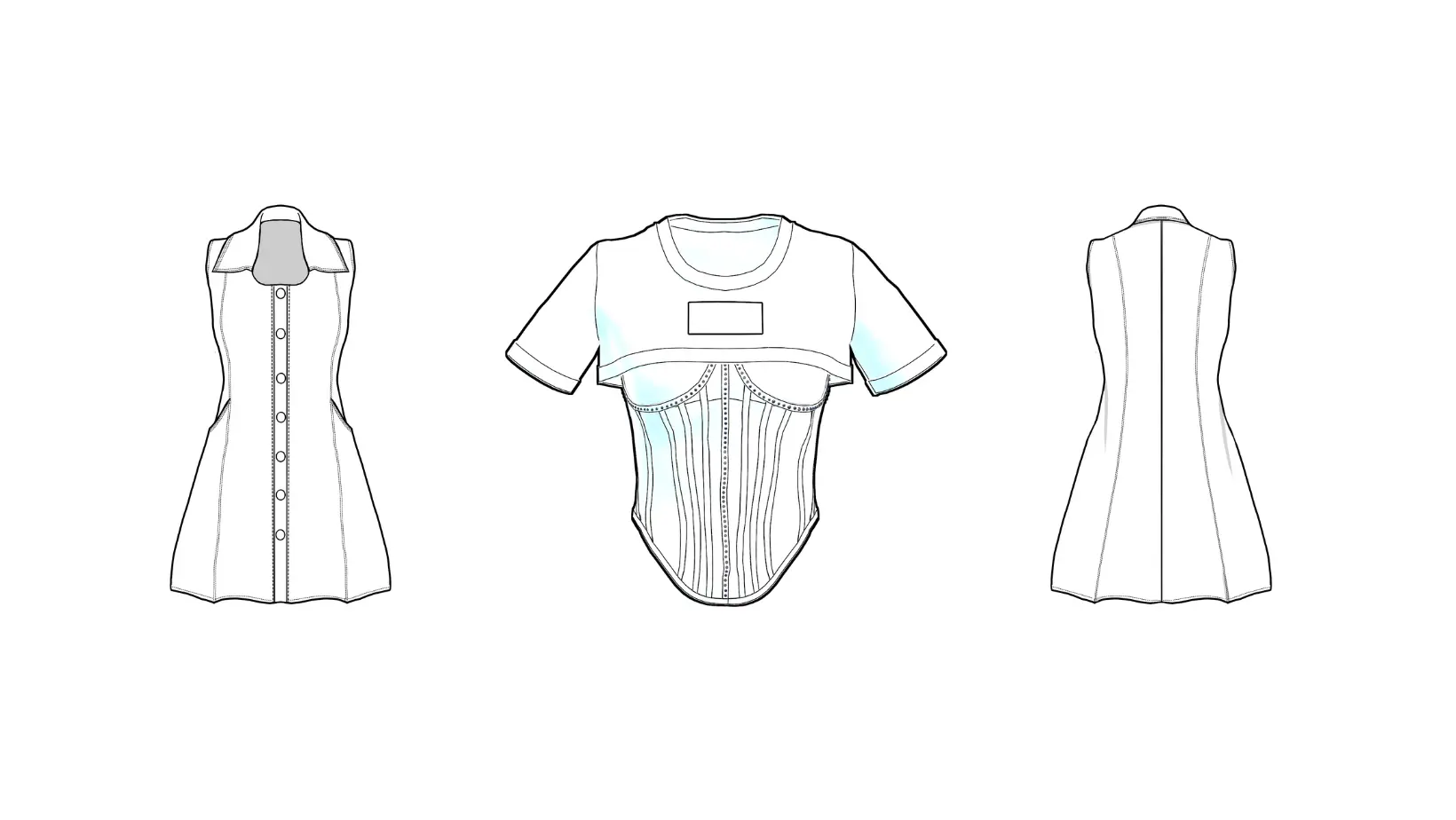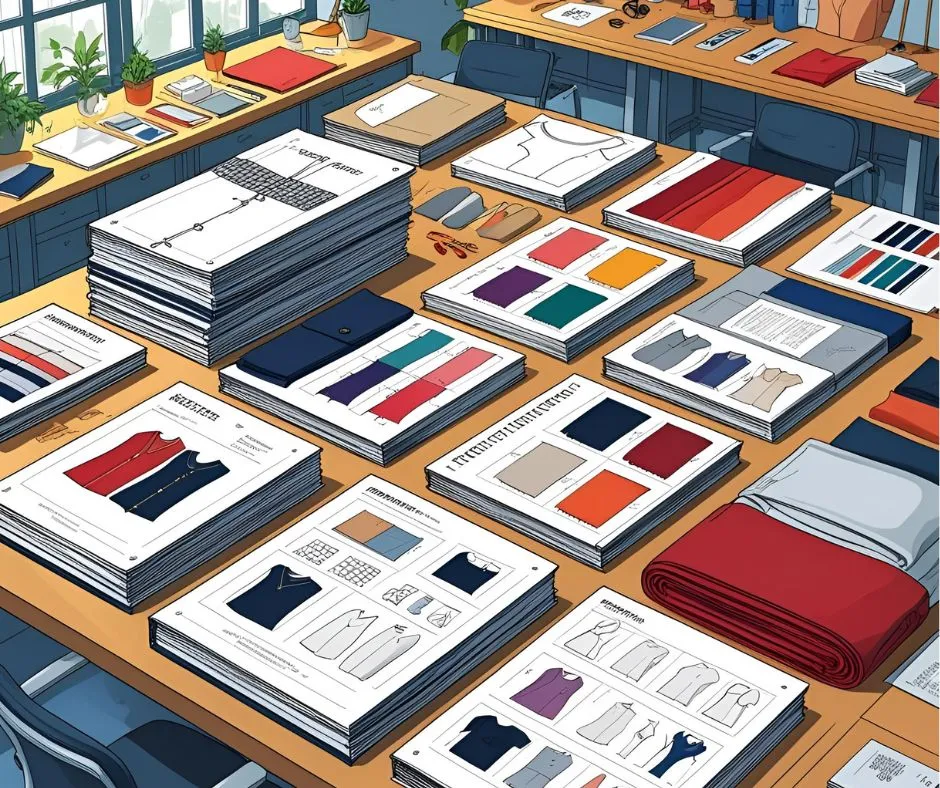Technical drawing, also known as technical sketching or flat sketching, is a crucial step in the garment design process. It involves creating a detailed visual representation of a garment, complete with all necessary measurements, construction details, and fabric information. Here are a few reasons why technical drawing is important for garment design and manufacturing:
- Clear Communication: Technical drawing provides a common language between designers, pattern-makers, and manufacturers. It communicates the design details, construction techniques, and fabric choices in a clear and concise manner. This ensures that everyone involved in the process has a clear understanding of the garment’s design and specifications, reducing the risk of errors and miscommunication.
- Accuracy and Precision: Technical drawing helps designers and manufacturers achieve accuracy and precision in their work. By including detailed measurements, fabric information, and construction details, technical drawings ensure that each garment is made to exact specifications. This helps to reduce waste and minimize errors during the manufacturing process.
- Efficient Manufacturing: Technical drawing helps streamline the garment manufacturing process. By providing detailed sketches of the garment, manufacturers can create accurate patterns and prototypes more efficiently. This helps to reduce the time and cost associated with the manufacturing process.
- Consistency: Technical drawing helps to ensure consistency in the design and production of garments. By providing a clear and detailed representation of the garment, technical drawing helps to maintain consistency across different sizes and styles of the same garment.
- Future Reference: Technical drawings provide a permanent record of the garment’s design and specifications. This can be helpful for future reference and modifications, allowing designers and manufacturers to easily make changes and updates to the design.
- Facilitates Collaboration: Technical drawing enables designers, pattern-makers, and manufacturers to collaborate more effectively. By providing a clear visual representation of the garment, technical drawing allows each team member to contribute their expertise to the design process.
- Identifies Potential Issues: Technical drawing can help identify potential issues with the design or construction of the garment before production begins. By catching these issues early, designers and manufacturers can avoid costly mistakes and make necessary adjustments to the design.
- Simplifies Communication with Suppliers: Technical drawings can simplify communication with fabric and trim suppliers. By providing detailed information about the fabric weight, type, and color, technical drawing can help ensure that the correct materials are used in the production process.
- Enables Cost Estimation: Technical drawing can help estimate the cost of producing a garment. By including information about the fabric and trim choices, as well as the complexity of the design and construction, technical drawing can help manufacturers estimate the time and cost required to produce each garment.
- Enhances Creativity: Technical drawing can enhance the creativity of designers. By providing a clear and precise representation of the garment, technical drawing can help designers experiment with different design elements, without having to worry about the technical details of construction.
In conclusion, technical drawing is an essential part of the garment design and manufacturing process. It helps to ensure clear communication, accuracy and precision, efficient manufacturing, consistency, and provides a permanent record for future reference. By investing in technical drawing, designers and manufacturers can create high-quality garments that meet their exact specifications.
Our company will make the best and easy to understand tech packs with detailed technical sketches for your brand. Contact us to know more! https://indiseam.com/contacts/





